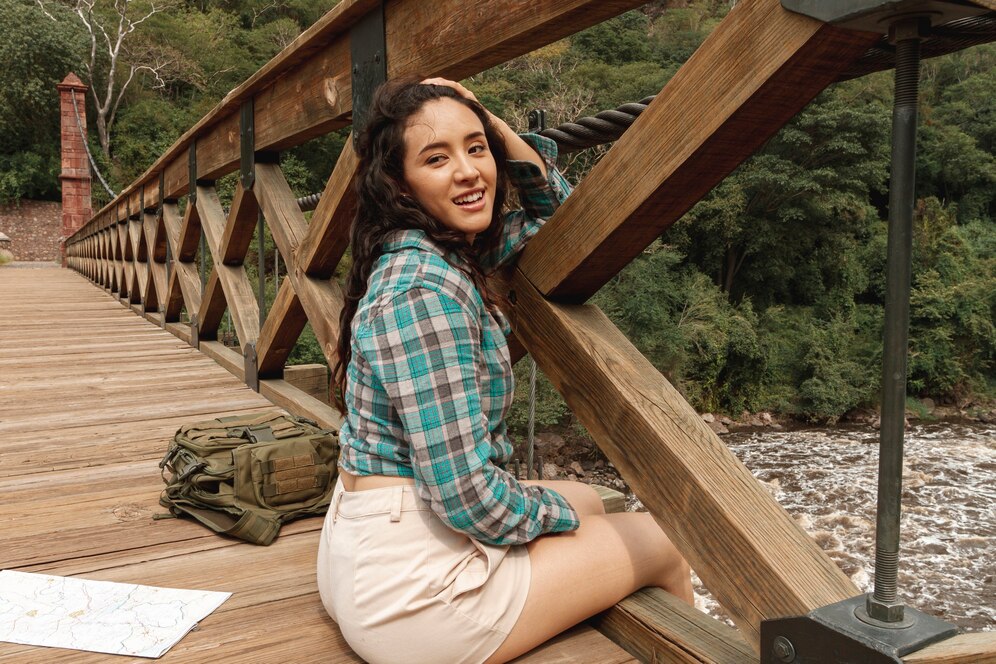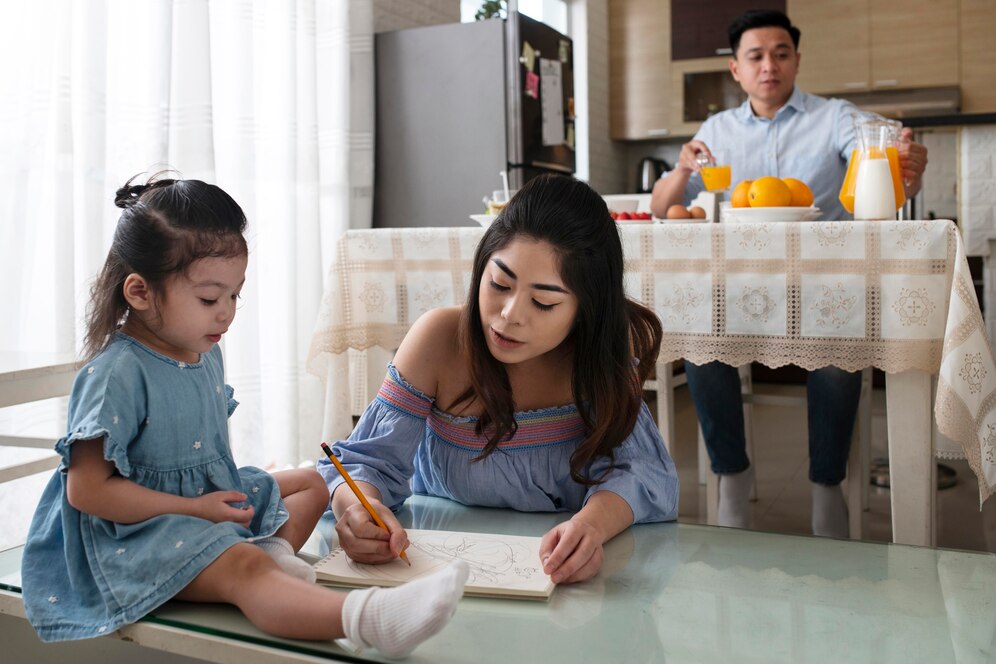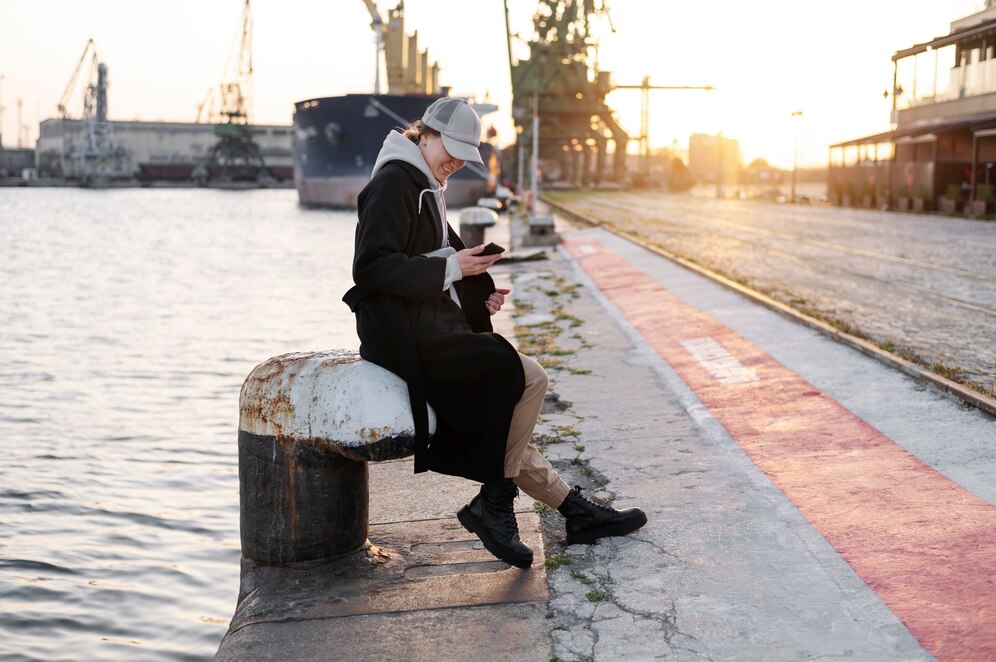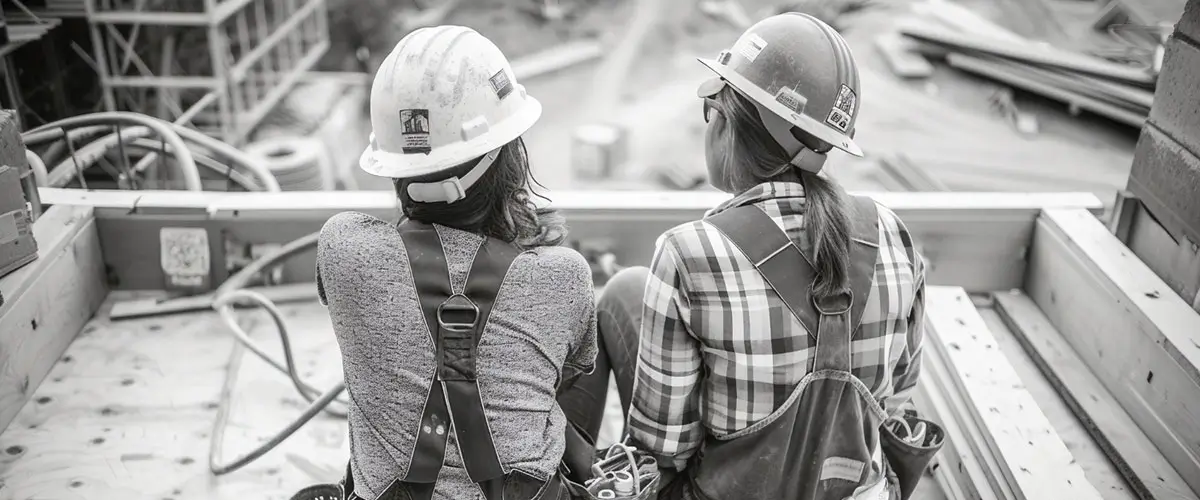
It wasn’t about the tea, and yet, it was entirely about the tea.
In the quiet town of Uji, at the Taihoan Public Tea House, I found something I didn’t even know I was looking for: a space to simply be. Not as a traveler collecting cultural experiences, but as a person, invited into a centuries-old practice that asked nothing from me except stillness.
Taihoan isn’t a place designed for foreigners. It’s owned by the government and intended for Japanese locals seeking a connection to their cultural heritage. That alone drew me in. This wasn’t a show. It wasn’t curated for Western eyes. It was just… real.
The woman who performed the tea ceremony spoke maybe 15 words of English. We muddled through, but it didn’t matter. The silence became part of the ceremony itself — a gentle nudge toward being present without narrating it. There were no explanations of what each movement meant, no background music, no performative nods to “Eastern spirituality.” Just the sound of water being ladled, the soft click of ceramics, and the rustle of fabric as she moved with grace and precision.
The Art of Less
The tea room was minimal — almost bare. A scroll. A single flower. Natural light filtering through the shoji screen. There was nothing extravagant or flashy, and yet every detail held meaning. Even the simplicity of the space invited you to slow down and look. Look.
The utensils, while not ornate, were quietly beautiful. A black lacquer resume. A chawan with a subtle glaze. A bamboo chasen, worn smooth from use. Not objects for display, but tools imbued with care and intention. Their presence mattered. Their simplicity spoke.
I was struck by how much delight these simple items brought — the shape of the scoop, the sound of the whisk, the quiet steam rising from the kettle. This, I realized, was the meditation. Not something to think about, but something to witness. Something to feel.
No Explaining, Just Doing
This was a proper Temae — one of the traditional forms of tea preparation — performed without any effort to break it down for a foreign audience. And thank god for that. Something is refreshing about being allowed to simply be in an experience rather than having it dissected for you.
And isn’t that mindfulness? Not explaining every moment, but living it?
One Perfect Cup
When the tea was served — a single bowl of perfectly made matcha — I could taste the care. Rich, frothy, smooth. Slightly bitter in the most satisfying way. The tea was, quite honestly, delicious. But more than that, it was earned. Not in the sense of effort, but in presence. I had arrived for this cup, not as a cultural checklist, but as a guest in a practice much older and wiser than myself.
And in that small room, surrounded by quiet beauty, I felt something click.
I wasn’t thinking about my next destination. I wasn’t trying to photograph the moment. I wasn’t analyzing or interpreting. I was just there. Drinking tea. Breathing. Watching.
A Lesson in Stillness
What the tea ceremony taught me about mindfulness wasn’t complicated. It wasn’t a revelation delivered with fanfare. It was something much gentler:
Pay attention. Honor the ordinary. Let silence teach you.
The ceremony wasn’t about performing peace — it was about creating it. With each deliberate motion, the tea master created a space where time softened. And in that space, I found a rare kind of clarity.
No translations are needed.















